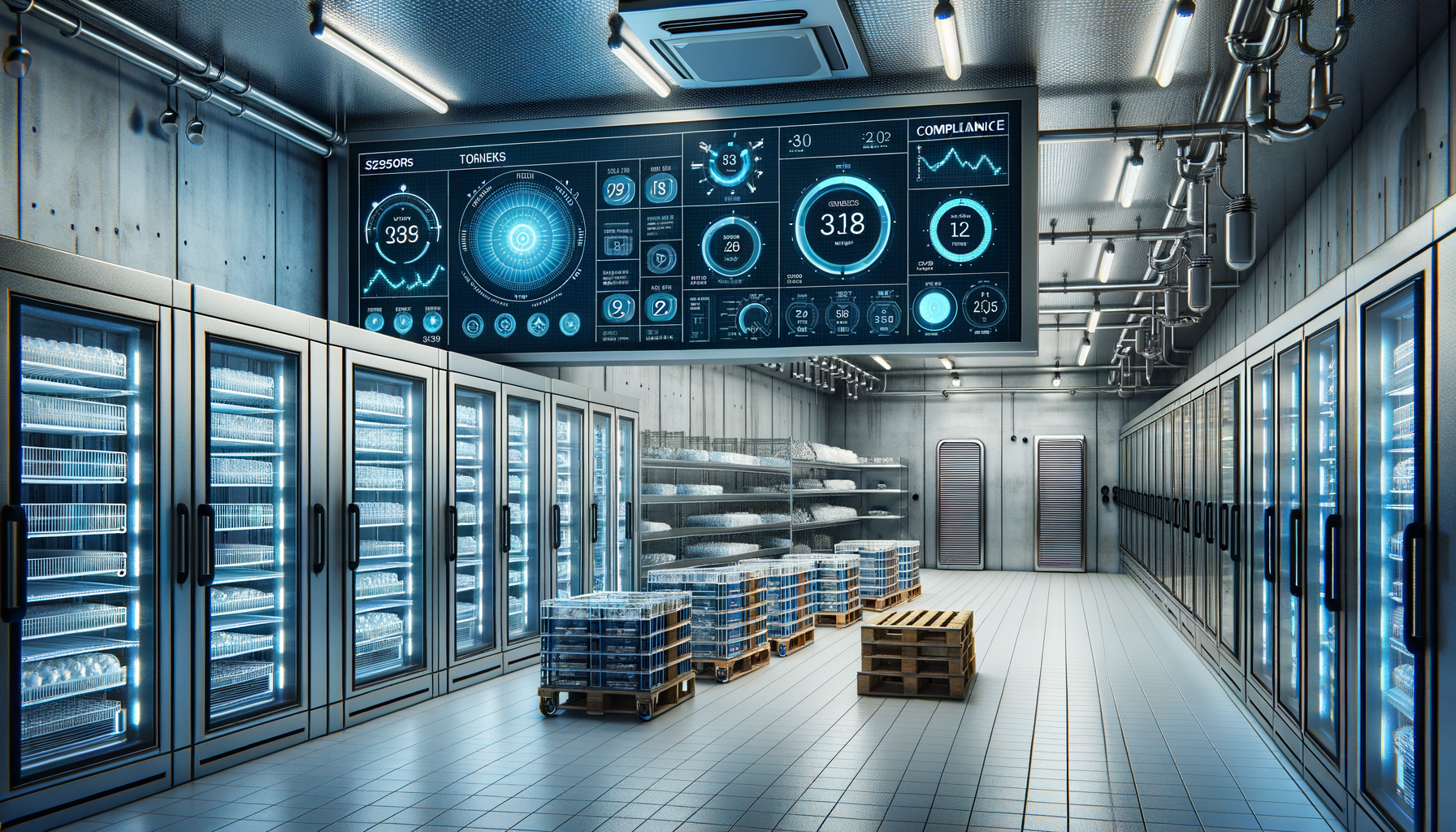Cold Room Temperature Monitoring System: Essential for Quality Control and Compliance
Cold room temperature monitoring involves the systematic tracking of temperature levels in environments where temperature control is critical, ensuring that conditions remain within specified limits to preserve the integrity of stored items.

Introduction to Cold Room Temperature Monitoring
In industries where temperature control is crucial, such as pharmaceuticals, food storage, and scientific research, maintaining the correct environment is paramount. Cold room temperature monitoring systems are vital tools that ensure the integrity and safety of stored goods. These systems provide real-time data and alerts, helping businesses maintain compliance with regulatory standards and avoid costly spoilage or damage.
The importance of these systems cannot be overstated. They not only safeguard the quality of products but also ensure that companies meet stringent industry regulations. Failure to maintain proper temperature can lead to significant financial losses and legal repercussions. Thus, understanding and implementing effective temperature monitoring is a critical aspect of operational management.
The Role of Technology in Temperature Monitoring
Advancements in technology have transformed how temperature monitoring is conducted. Modern systems utilize sensors and wireless technology to provide accurate and real-time data. These systems can be integrated with existing infrastructure, offering seamless operation and enhanced monitoring capabilities.
Key features of these advanced systems include:
- Remote monitoring capabilities, allowing access from anywhere with an internet connection.
- Automated alerts that notify personnel of temperature deviations via email or SMS.
- Data logging and reporting for compliance and analysis purposes.
These technological advancements not only enhance the accuracy of temperature monitoring but also improve efficiency by reducing the need for manual checks. As a result, businesses can ensure that their products remain within the specified temperature ranges without constant physical oversight.
Compliance and Regulatory Considerations
Regulatory compliance is a significant driver for implementing cold room temperature monitoring systems. Various industries are subject to strict guidelines that dictate acceptable temperature ranges for storage. For instance, the pharmaceutical industry must adhere to Good Distribution Practice (GDP) standards, which require precise temperature control to ensure drug efficacy.
Non-compliance can lead to severe penalties, including product recalls and legal actions. Therefore, having a reliable temperature monitoring system is not just about maintaining product quality but also about ensuring regulatory compliance. These systems provide documentation and evidence that can be crucial during audits and inspections.
By maintaining a comprehensive record of temperature data, businesses can demonstrate their commitment to quality and compliance, thereby enhancing their reputation and trustworthiness in the industry.
Benefits of Implementing a Monitoring System
The implementation of a cold room temperature monitoring system offers numerous benefits beyond regulatory compliance. These systems can lead to significant cost savings by preventing spoilage and reducing energy consumption through optimized temperature control.
Some of the key benefits include:
- Minimized risk of product loss due to spoilage or damage.
- Improved operational efficiency with automated monitoring and alerts.
- Enhanced data insights for better decision-making and process improvements.
Furthermore, these systems contribute to sustainability efforts by reducing waste and ensuring energy-efficient operations. By maintaining optimal conditions, businesses can reduce their carbon footprint and contribute to broader environmental goals.
Choosing the Right System for Your Needs
Selecting the appropriate temperature monitoring system involves assessing specific business needs and operational requirements. Factors such as the size of the storage area, the type of products being stored, and the level of automation required should be considered.
Businesses should evaluate systems based on their reliability, ease of integration, and support services offered by the provider. Additionally, considering future scalability is important to accommodate business growth and changing regulatory requirements.
A well-chosen system can provide peace of mind, knowing that products are stored under optimal conditions and that the business is prepared for any regulatory challenges. Investing in a high-quality temperature monitoring system is a strategic decision that supports long-term operational success.